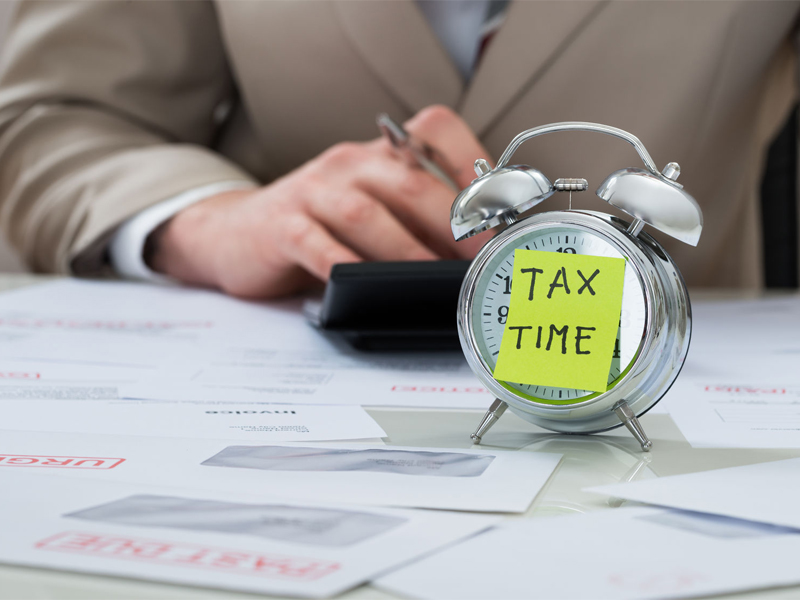
What if you could guarantee your clients a pre-tax rate of return of 20%, with zero risk? Would they be interested? I bet they would!
For clients who owe money to the Canada Revenue Agency (CRA), the recent rise in interest rates over the past year has resulted in an increase in the CRA’s prescribed rate charged on late or underpaid taxes. Encouraging clients to file their 2022 tax returns on time and pay any balance owing by the deadline is likely the best advice we can give our clients this spring.
As a reminder, the general tax filing deadline this year falls on May 1, 2023. (The normal April 30 deadline falls on a Sunday, so taxpayers get the extra day.) Despite the current CRA strike, the agency has announced that it will not be extending the general filing deadline. For clients who have self-employment income or who have a spouse or common-law partner with self-employment income, the general filing deadline is June 15, 2023, but any tax owing is still due by May 1, 2023.
If your client files their tax return late and has a balance owing, they will be charged a late-filing penalty. The late-filing penalty is 5% of any 2022 balance owing, plus an additional 1% for each full month that they file after the due date, to a maximum of 12 months.
If, however, the CRA has charged your client with a late-filing penalty for 2019, 2020 or 2021 and has issued a formal demand for them to file a return, their late-filing penalty for 2022 doubles to 10% of their balance owing, plus an additional 2% for each full month that they file after the due date, to a maximum of 20 months.
That’s why even if your client may not be able to pay their balance owing on time, they should still file on time to avoid being charged the late-filing penalty.
If they have any funds whatsoever in their non-registered or TFSA account, those funds are likely best used to pay any balance owing. That’s because the CRA also charges non-deductible arrears interest, compounded daily, at the prescribed rate. The prescribed rate is set quarterly and is tied directly to the yield on Government of Canada three-month Treasury Bills, but with a lag.
The calculation is based on a formula in the Income Tax Regulations, and it takes the simple average of three-month Treasury Bills for the first month of the preceding quarter rounded up to the next highest whole percentage point (if not already a whole number).
To calculate the rate for the current quarter (April 1 through June 30, 2023), we look at the first month of the previous quarter (January 2023) and take the average of the three-month T-Bill yields, which were 4.3563% (Jan. 5) and 4.4456% (Jan. 19). That average is 4.401%, but when rounded up to the nearest whole percentage point, we get 5% for the new prescribed rate for the second quarter of 2023. Contrast this with the historically low rate of 1% we had between July 1, 2020, and June 30, 2022.
There are, however, three prescribed rates: the base rate, the rate paid for tax refunds and the rate charged for late-paid taxes. If you owe the CRA money, then the rate the agency charges is actually a full four percentage points higher than the base rate. This puts the interest rate on tax debts, penalties, insufficient instalments, unpaid income tax, Canada Pension Plan contributions and employment insurance premiums at a whopping 9% as of April 1.
Keep in mind that this interest is compounded daily and is not tax deductible. For example, if your client is a resident of Newfoundland and Labrador and in the highest 2023 tax bracket of 55%, that means they’d have to find an investment that earns a guaranteed, pre-tax rate of return of 20% to be better off than paying down their tax debt.
While you may be a great advisor, I doubt you can match that rate of return!
Jamie Golombek, CPA, CA, CFP, CLU, TEP, is the Managing Director, Tax & Estate Planning with CIBC Private Wealth in Toronto.
